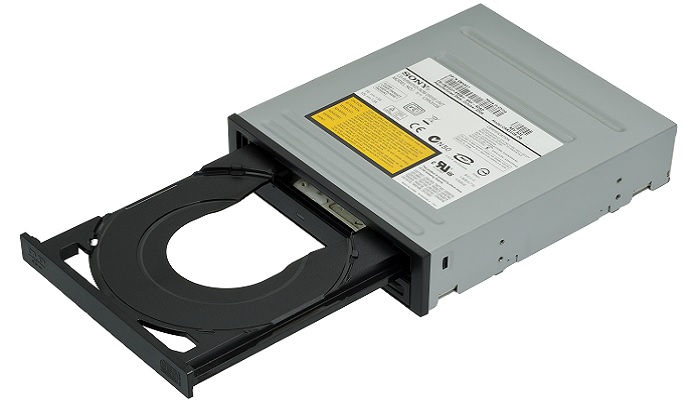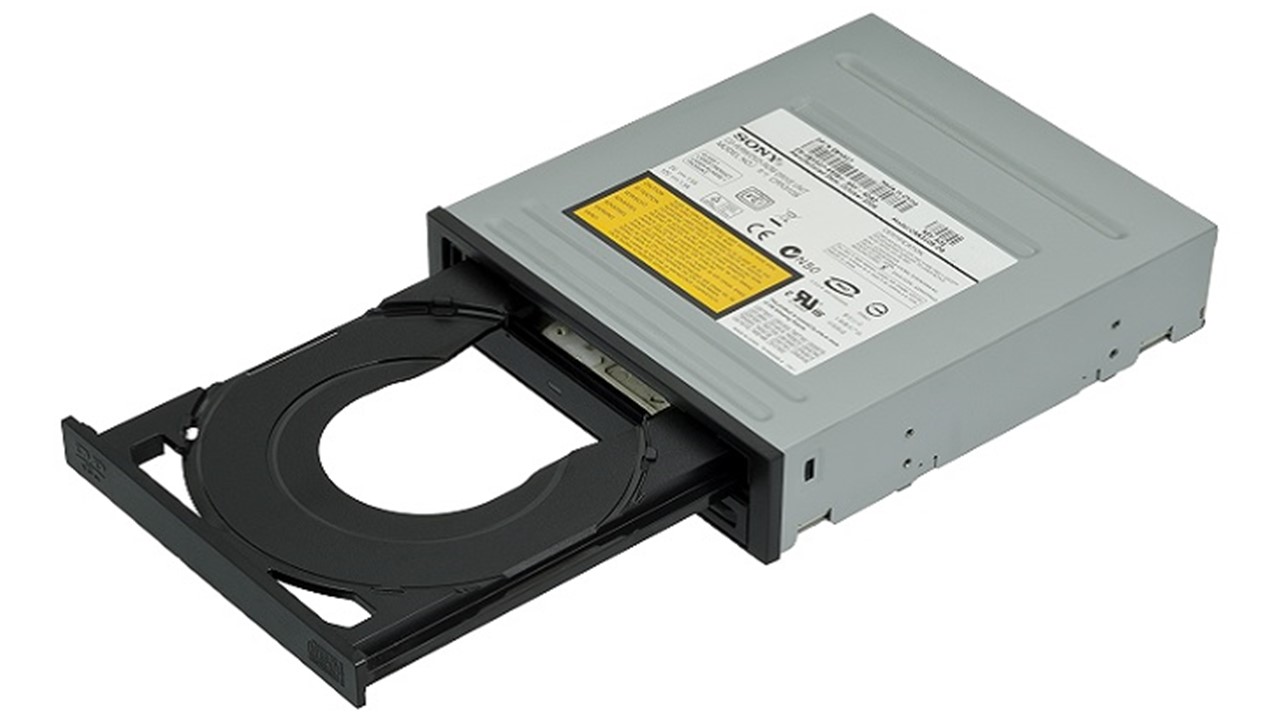A drive in a computer refers to the physical device that is connected to the motherboard of it. On the other hand, a computer driver signifies the set of commands that makes the drive of the computer work.
In addition to these basic differences, there are also a few other differences between the driver and a drive in a computer.
In This Article
KEY TAKEAWAYS
- A device driver signifies a set of commands or files that is intangible but a computer drive is tangible and signifies a physical hardware item.
- The primary function of a driver helps the drive installed in it to perform just as it is instructed but the computer drive stores data, information, files and programs in it.
- Device drivers and software drivers are two major types of drivers available but the computer drives can be disc drives, HDDs, SSDs, and USB drives.
- The driver helps the operating system and the hardware device of a computer to communicate but the computer drives work according to their design and build.
The 4 Differences Between a Driver and Drive in Computer

1. Fundamentals
A driver, which is also known as a device driver, is actually a set of files or commands.
It is sent to the operating system which, in turn, tells the device how exactly it should work.
Therefore, a computer driver typically does not have any physical form.
A computer drive, on the other hand, signifies a physical hardware device that you can see and touch.
It can be anything from the graphics card to the internal components of a computer, and from the external peripherals such as the printer to any other that specifically needs a driver to function.
2. Functions
The main function of a driver in a computer is to ensure that the drive installed in it works properly according to the set of instructions provided by it.
On the other hand, the primary function of the drive of a computer is to hold the data, information, programs, files and others in it.
3. Types
There are ideally two major types of drivers used in a computer namely, the device drivers and the software drivers.
There can be other categories of these two major types such as user-mode drivers, kernel mode drivers, and others.
On the other hand, the most common types of drives that are used in a computer include and are not limited to hard drives, Solid State Drives or SSDs, disc drives, and USB drives.
4. Working Process
The driver in a computer usually communicates with the operating system of the computer and the hardware device intended via the computer bus that connects the device with the computer system.
A driver, on the other hand, works differently depending on its design and construction.
For example, a hard drive comes with a spinning platter coated with a magnetic layer where data is stored and a ‘head’ moves over it to read or write data.
The SSDs have transistors for the same purpose.
Which is More Important – Driver or Drive?

This question can be answered in a few simple words – both of them are equally important.
This is because the driver or the set of instructions is essential to make the drive or the physical device in a computer work.
This means that the physical device or the drive does the work that is visible to you but the driver works in the background driving the drive to do what you intend it to do.
Therefore, apparently, you may think that a drive is more important, but it is not, because a drive will be useless without the relevant driver.
Therefore, the driver is vital to establish a communication between the hardware device and the operating system and to send or receive data to and from it correctly.
Otherwise, the drive will not be ‘driven’ to work properly.
A computer typically comes with different drivers such as:
- Audio Driver – This helps the audio devices to function properly by controlling the set of instructions to be sent to the audio card.
- Graphics Card Driver – This ensures that the graphics performance of the computer is as desired by giving instructions to the graphics card to manage and render the content of the images that are to be displayed on the monitor of the computer.
- Modem Driver – This helps in maintaining proper communications with other users in the network or to send and receive files to and from the computer by sending the right set of instructions to send appropriate signals to and from the modem.
There are also several other system drives that allow other components of the computer to work properly such as disk interface, keyboard, mouse, and others.
Therefore, none of these two can be ignored to ensure proper functionality of all the hardware peripherals of your computer.
Conclusion
So, that is all about the differences between a driver and a driver in a computer.
As it is clear from this article, there aren’t many of them but both these are quite important for a computer to function properly and for you to perform whatever task you want on it.